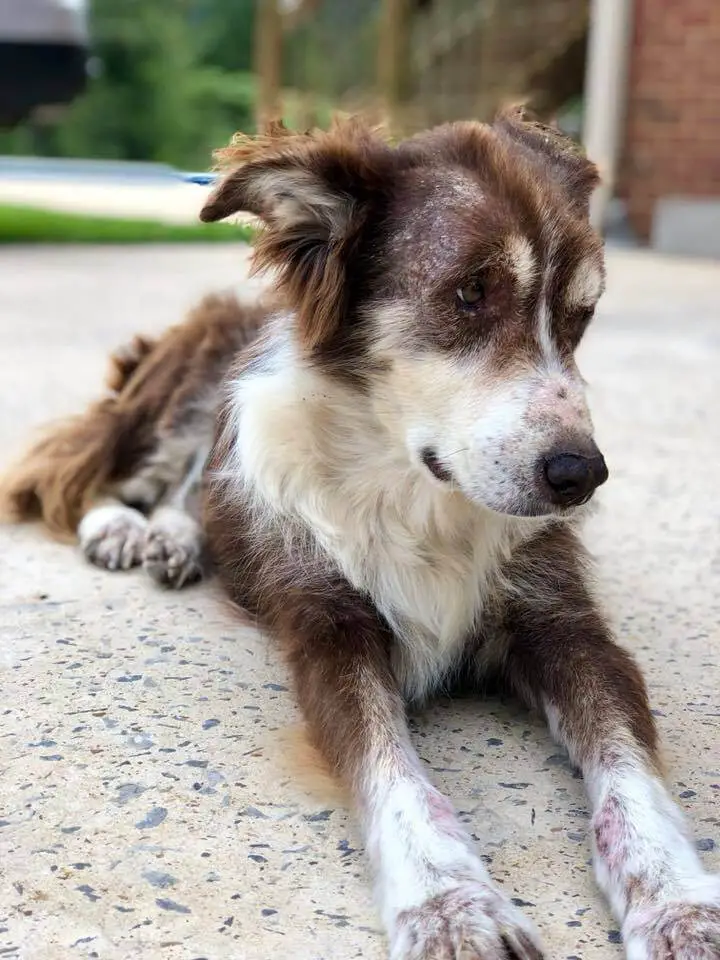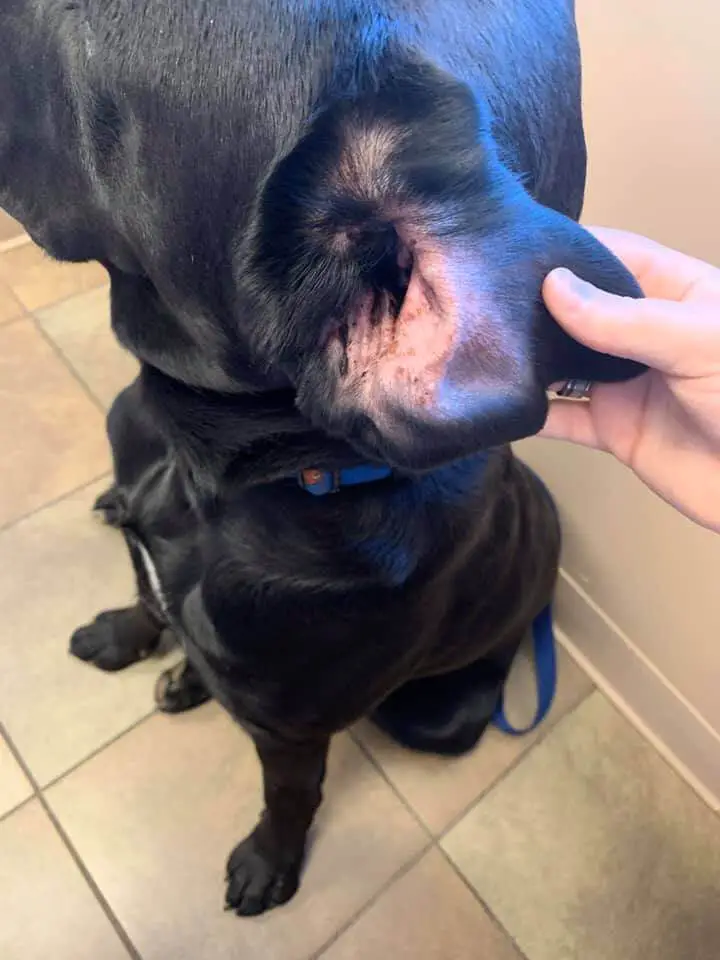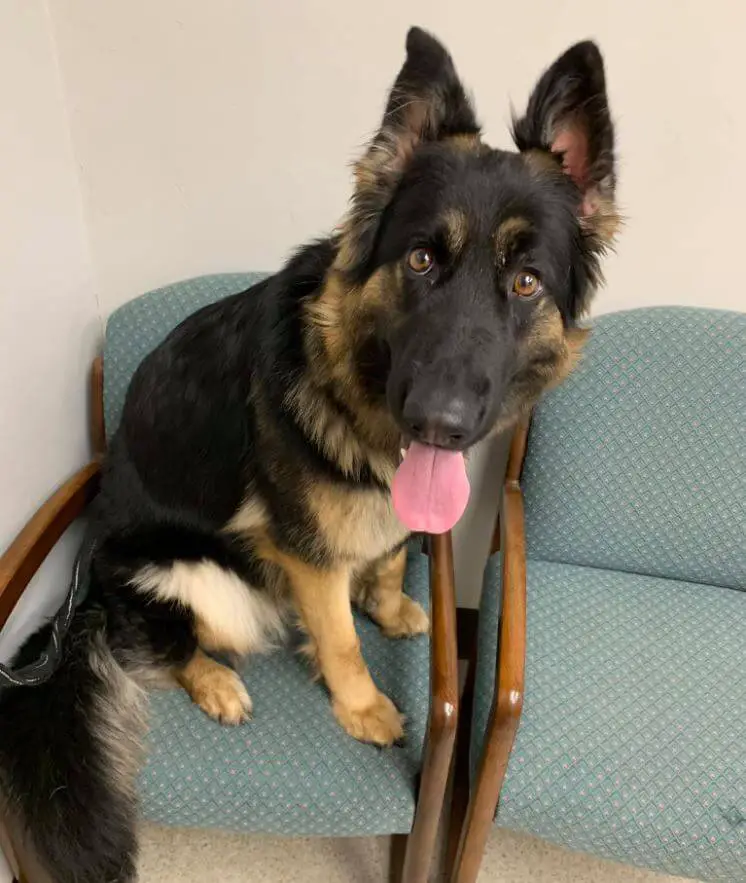Yeast infections in dogs can be uncomfortable and problematic for both your furry friend and you as a pet owner. These infections can affect a dog’s skin, ears, and other body parts, leading to itching, discomfort, and sometimes more severe health issues. In this article, we’ll explore what yeast infections in dogs are, their common causes, symptoms, and how to effectively manage and prevent them.

What Are Yeast Infections in Dogs?
Yeast infections, also known as yeast dermatitis or Malassezia dermatitis, occur when a type of yeast called Malassezia overgrows on a dog’s skin or in their ears. Malassezia yeast is naturally present in small quantities on the skin, but when its population gets out of control, it can lead to infections.
Common Causes of Yeast Infections:
- Allergies: Allergies, whether from food, environmental factors, or contact with allergens, can disrupt a dog’s skin barrier, creating an environment conducive to yeast overgrowth.
- Moisture and Humidity: Yeast thrives in warm and humid conditions. Dogs with skin folds, wrinkles, or those that love to swim are more susceptible.
- Poor Grooming: Dogs with long or dense fur may be more prone to yeast infections, as their fur can trap moisture close to the skin.
- Underlying Health Conditions: Conditions like hypothyroidism, Cushing’s disease, or immune system disorders can increase a dog’s vulnerability to yeast infections.

Symptoms of Yeast Infections:
Yeast infections can manifest in various ways, depending on the affected area. Common symptoms include:
- Itching and Scratching: Dogs with yeast infections often scratch, bite, or lick the affected area obsessively.
- Skin Inflammation: Redness, swelling, and skin irritation are typical signs of a yeast infection.
- Foul Odor: Yeast infections can emit a distinct, unpleasant odor, especially in the ears.
- Ear Infections: Dogs with ear yeast infections may shake their heads, have red, swollen ears, and exhibit signs of discomfort.
Managing and Preventing Yeast Infections:
- Consult Your Veterinarian: If you suspect your dog has a yeast infection, it’s crucial to consult your veterinarian for an accurate diagnosis and appropriate treatment.
- Medicated Shampoos and Rinses: Your vet may recommend medicated shampoos and rinses specifically formulated to combat yeast overgrowth.
- Topical Treatments: Topical creams or ointments can help relieve skin symptoms. For ear infections, consult your vet for ear drops.
- Dietary Changes: In some cases, dietary changes, such as switching to a hypoallergenic or yeast-free diet, may be advised.
- Regular Grooming: Proper grooming, including keeping the skin and fur clean and dry, is essential in preventing yeast infections.
- Allergy Management: Address underlying allergies through allergy testing, dietary changes, or medications as recommended by your vet.

Yeast infections in dogs can be uncomfortable and irritating, but with proper diagnosis and treatment, they can be managed effectively. By addressing the underlying causes, following your veterinarian’s guidance, and implementing preventive measures, you can help your dog stay comfortable and free from the discomfort of yeast infections.
